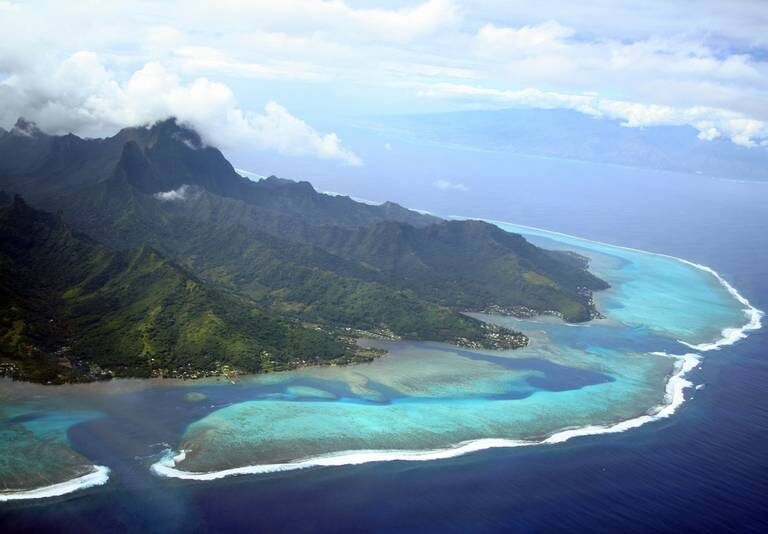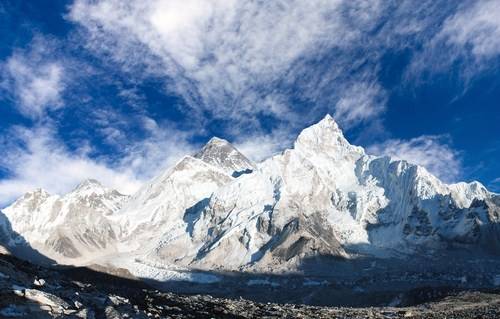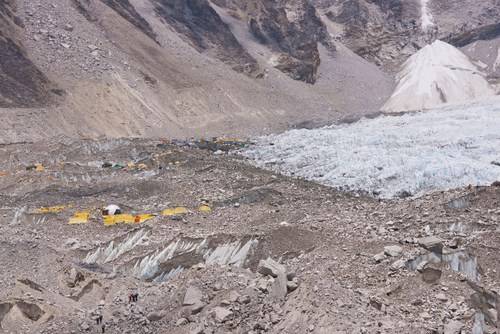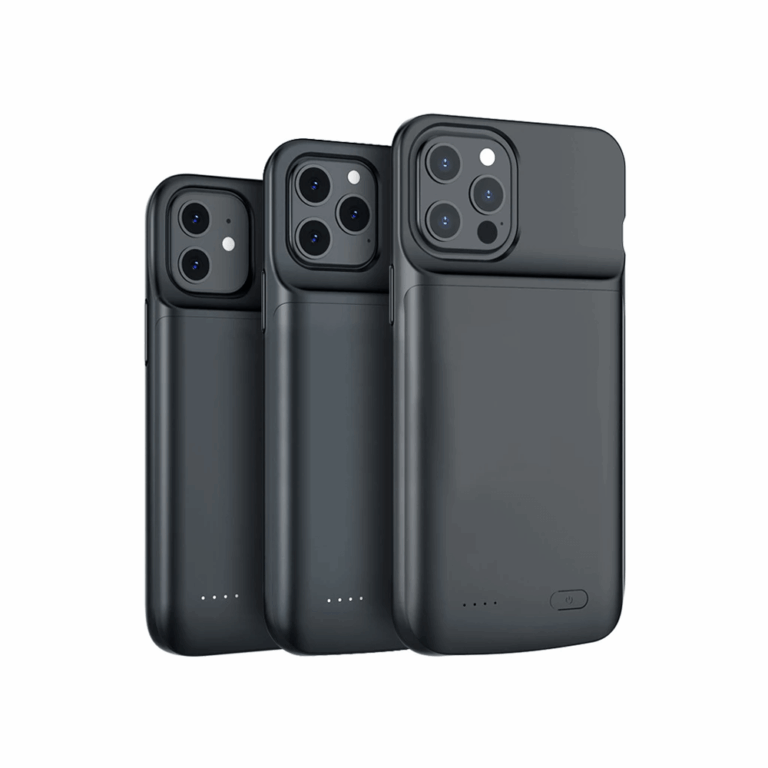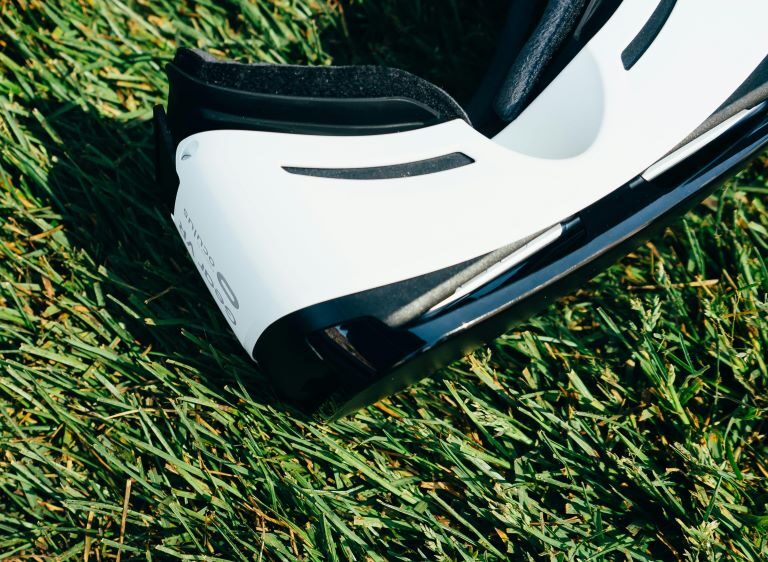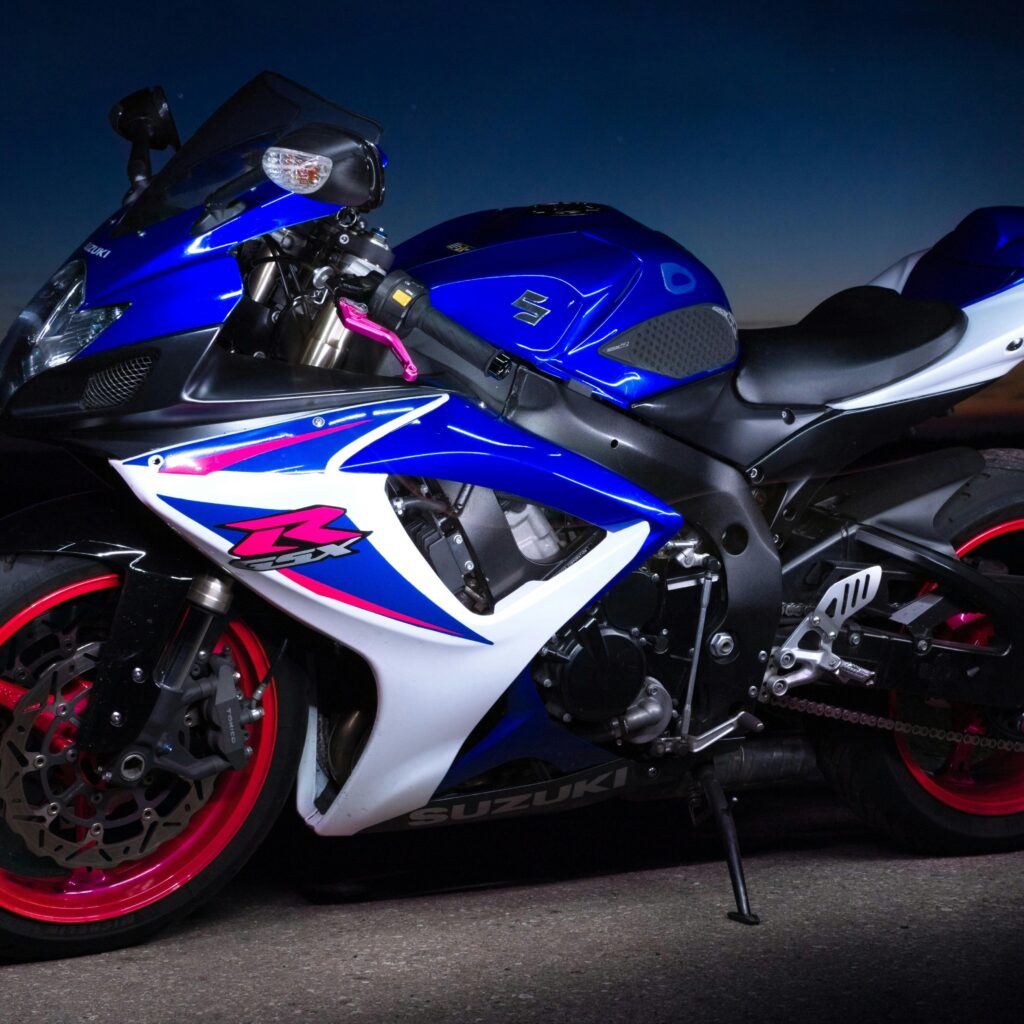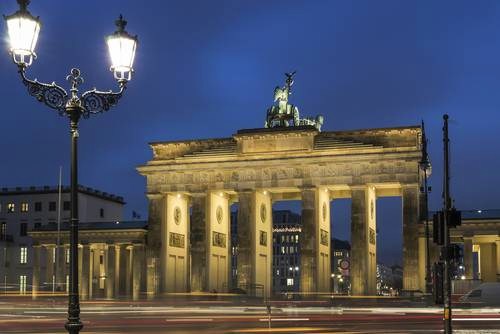Adventure Awaits – Set Sail for These Stunning Waters
Sailing isn’t just for yacht owners or salty sea dogs – it’s for anyone who dreams of turquoise waters, secret coves, island hopping, and unforgettable sunsets. Whether you’re a total newbie or a seasoned skipper, here are some of the most epic sailing destinations around the world.
The Mediterranean – Culture, Coastlines & Crystal Waters
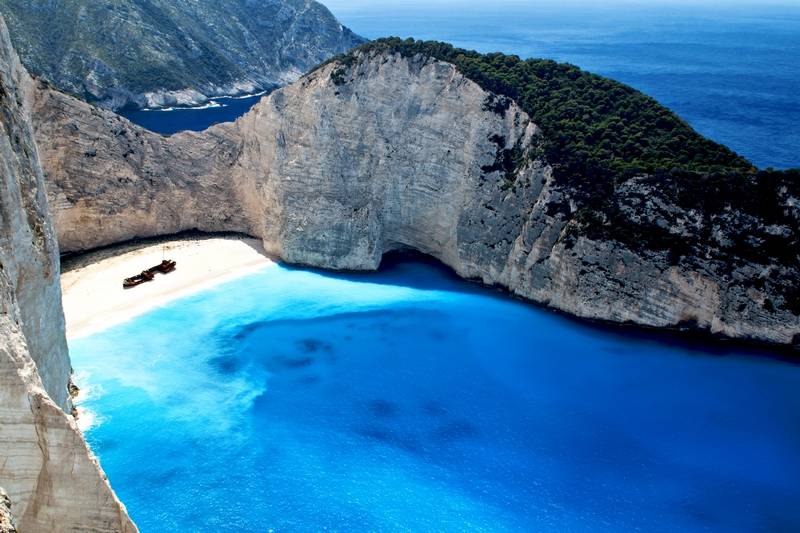
The Mediterranean is a classic for a reason. Think ancient ruins, whitewashed towns, killer food, and sun-soaked beaches. Popular routes include the Greek Islands, the Amalfi Coast in Italy, Croatia’s Dalmatian Coast, and Spain’s Balearic Islands.
Highlights:
- Greek Islands (Santorini, Mykonos, Paros)
- Amalfi Coast & Capri, Italy
- Dubrovnik to Split, Croatia
- Ibiza & Mallorca, Spain
Best time to go: May to October
Vibe: Sunsets, sangria, and sailing into history
The Caribbean – Island Hopping Paradise
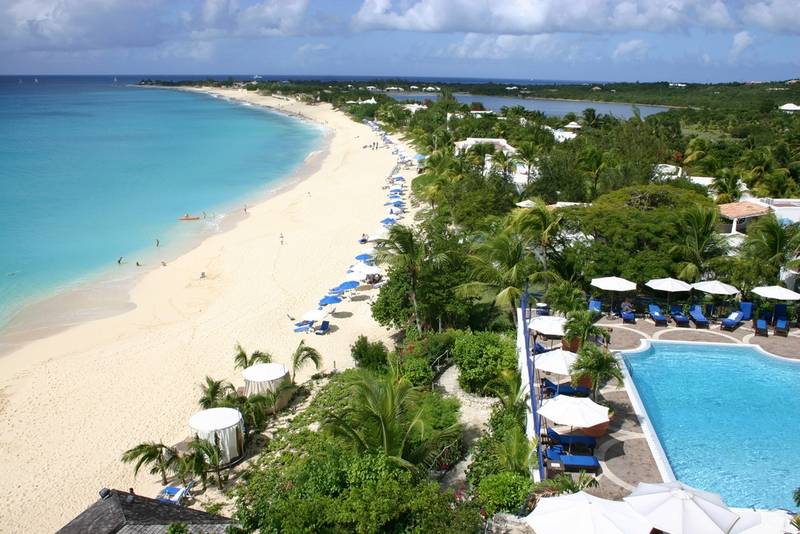
The Caribbean is made for island-hopping – each island has its own culture, beaches, and vibe. The sailing is smooth, the water’s warm, and the parties are legendary (hello, St. Barts).
Highlights:
- British Virgin Islands (BVI) – Easy sailing, beach bars, snorkelling
- St. Lucia – Rainforests and volcanoes
- Antigua – 365 beaches (yes, one for every day)
- Grenadines – Less crowded and super chill
Best time to go: December to April
Vibe: Reggae beats, rum punches, and beach bonfires
Mergui Archipelago, Myanmar – The Untouched Escape
Ready to go off the grid? The Mergui Archipelago is one of Southeast Asia’s best-kept secrets, with over 800 mostly uninhabited islands. Think: jungle-covered isles, coral reefs, and zero crowds.
Highlights:
- Dive with manta rays and sharks
- Visit sea gypsy villages
- White-sand beaches with no footprints
Best time to go: November to April
Vibe: Wild, remote, and insanely beautiful
Whitsundays, Australia – Great Barrier Bliss

Located off the coast of Queensland, the Whitsundays are a gateway to the Great Barrier Reef. Perfect for sailing, snorkelling, and soaking up Australia’s laid-back lifestyle.
Highlights:
- Whitehaven Beach – pure silica sand
- Coral reefs and turtles
- Airlie Beach – backpacker hub and party central
Best time to go: May to October (dry season)
Vibe: Ocean adventures, reef dives, and beach parties
Norway’s Fjords – For Something Different
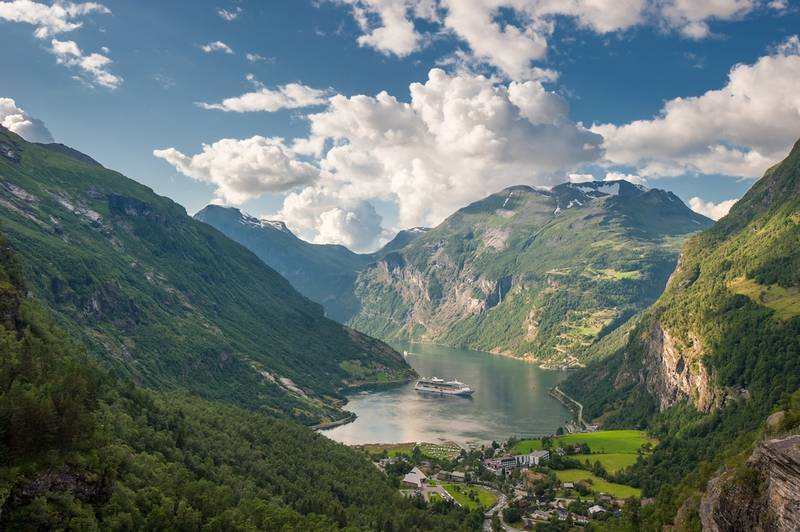
Trade palm trees for towering cliffs, waterfalls, and midnight sun. Norway offers dramatic sailing routes through narrow fjords and quiet coastal towns.
Highlights:
- Geirangerfjord and Sognefjord
- Kayaking alongside waterfalls
- Summer sailing with 24-hour daylight
Best time to go: June to August
Vibe: Scenic, serene, and totally Instagrammable
French Polynesia – Tropical Dreamworld

This place is basically a screensaver IRL. Clear lagoons, volcanic peaks, and an unbeatable underwater world. Perfect for romantic getaways or soul-searching solo trips.
Highlights:
- Bora Bora & Tahiti
- Snorkelling with sharks and rays
- Polynesian culture and fire dancing
Best time to go: May to October
Vibe: Dreamy, remote, and ultra-luxe (or affordable on a shared boat)
Tips:
- No boat? No problem. Try a sailing tour – companies like G Adventures, Contiki, or The Yacht Week offer epic trips where you don’t need to know how to sail.
- Pack light. Swimwear, sunscreen, and a waterproof bag are key.
- Respect the ocean. Don’t litter, avoid sunscreen with reef-harming chemicals, and treat marine life with care.
- Wi-Fi is limited. But that’s the point – disconnect to reconnect.
From partying in the Med to drifting through secret islands in Myanmar, there’s a sailing adventure out there for every kind of traveler. Whether you’re in it for the vibes, the views, or the voyage, the world’s oceans are calling — and your next unforgettable trip might just be on the water.

